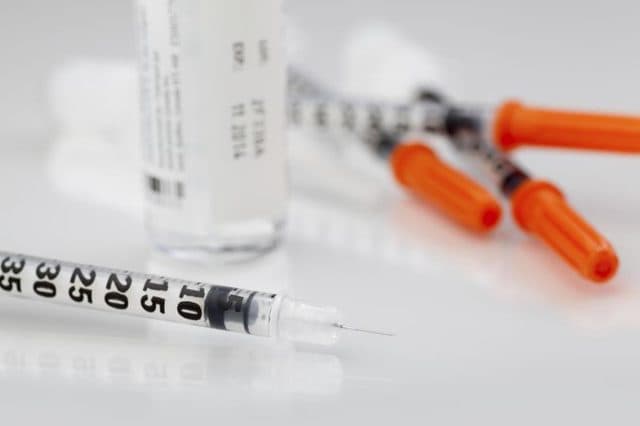Why does the cost of insulin keep rising?

The diabetes epidemic isn't slowing-in fact, the Journal of the American Medical Association last week shows that the cost of insulin has more than tripled over the past decade instead, from $231 a year to $736 a year for each patient. Meanwhile, the cost of other diabetes medications, many of those used for type 2 diabetes, have stayed the same or gone down.
Elbert Huang, MD, Associate Director of the Chicago Center for Diabetes Translation Research at the University of Chicago, joined researchers from the University of Michigan and the University of Melbourne in Australia for the study. They analyzed data from more than 28,000 diabetes patients from 2002 to 2013 in the Medical Expenditure Panel database maintained by the US Department of Health and Human Services, and found that one in four people used insulin, while two-thirds took an oral medication.
People with type 1 diabetes need multiple daily injections of insulin to control blood sugar. Doctors sometimes prescribe insulin for type 2 diabetics with more advanced disease if diet, exercise and oral medications fail to keep blood sugar levels under control.
Despite the enormous demand, the price per milliliter of insulin jumped 197 during the study period, from $4.34 to $12.92.
"The rising price of insulin is creating a public health crisis for patients, insurers, and society. For patients that require insulin for the rest of their lives, out-of-pocket costs are steadily rising which sometimes forces them to choose between paying for medicine, food, and housing," Huang said. "Encouraging more market competition from biosimilars may help to bring down these costs of insulin in the long-term. Until then, it will be tough sledding."
Read more coverage of the study:
